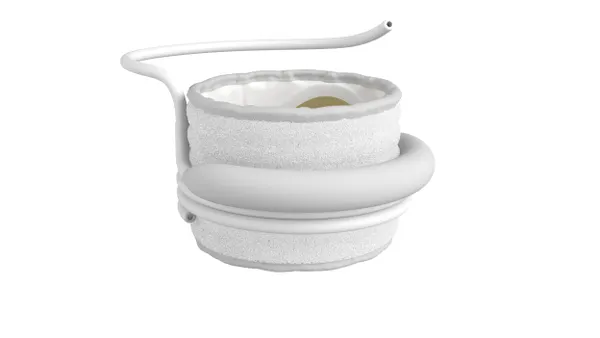Dive Brief:
- The vast majority of hospitals do not meet watchdog organization The Leapfrog Group’s minimum volume standards for safety in eight high-risk procedures, according to results from an annual survey released Thursday.
- Mitral valve repair and replacement procedures, for example, met Leapfrog’s volume threshold at just 7.1% of reporting hospitals, the report found.
- Among the eight procedures reviewed, bariatric surgery most often met the group’s volume standard, at 38% of hospitals. The worst offenders on the list were open abdominal aortic aneurysm repair and esophageal resection for cancer, for which 2.5% and 2.6% met Leapfrog's standards.
Dive Insight:
Evidence collected over several decades suggests that patients who undergo certain high-risk surgeries achieve a better outcome when the procedure is performed by an experienced surgeon at a higher-volume hospital. A higher rate of errors, complications and deaths is associated with hospitals that perform lower volumes of the procedures.
A 2015 analysis by U.S. News and World Report found that about 11,000 deaths might have been prevented over a three-year period if patients who went to low-volume hospitals had instead gone to the highest-volume hospitals for their procedure.
Leapfrog said it chose the eight high-risk procedures for its Safety in Numbers analysis based on an extensive review of hundreds of studies conducted over the past decade and with input from expert panels. The other procedures that made the list included carotid endarterectomy, with 16.2% of hospitals meeting the volume threshold, lung resection at 5.6%, pancreatic resection at 5.4% and rectal cancer surgery at 5.6%.
The organization set minimum hospital volume standards ranging from 50 procedures for bariatric surgery and 40 for mitral valve repair and replacement to 16 for rectal cancer surgery.
Leapfrog said its analysis of more than 2,000 hospitals that submitted data found most also do not have adequate policies in place to monitor whether each surgery performed is necessary. For all but one high-risk procedure, less than one-third of reporting hospitals had policies to guide surgical appropriateness.
In addition, the report showed urban hospitals outperforming rural hospitals across all eight high-risk procedures. For five of the eight procedures, no rural hospitals fully met the group’s volume standard.
"It’s clear from this report that patients should be very careful before they choose a hospital for one of these high-risk procedures," Leapfrog CEO Leah Binder said in a statement.
The debate over how to weigh importance of the volume-outcomes relationship played out this spring as CMS revised the national coverage determination for transcatheter aortic valve replacement (TAVR), a procedure that did not make Leapfrog's list of eight high-risk surgeries.
A New England Journal of Medicine analysis of registry data published in April indicated that, more than five years after the procedure was cleared in the U.S., a "significant inverse association" between hospitals' procedure volumes and patient outcomes persisted. Four medical societies encouraged CMS to raise volume requirements.
The agency ultimately struck a compromise, saying hospitals without TAVR experience must have performed at least 50 open heart surgeries in the previous year and 20 aortic valve related procedures in the preceding two years. Under the new policy, hospitals with TAVR experience are required to maintain a volume of at least 50 aortic valve replacements each year which must include at least 20 TAVR procedures in the prior year, or at least 100 valve replacements every two years.








